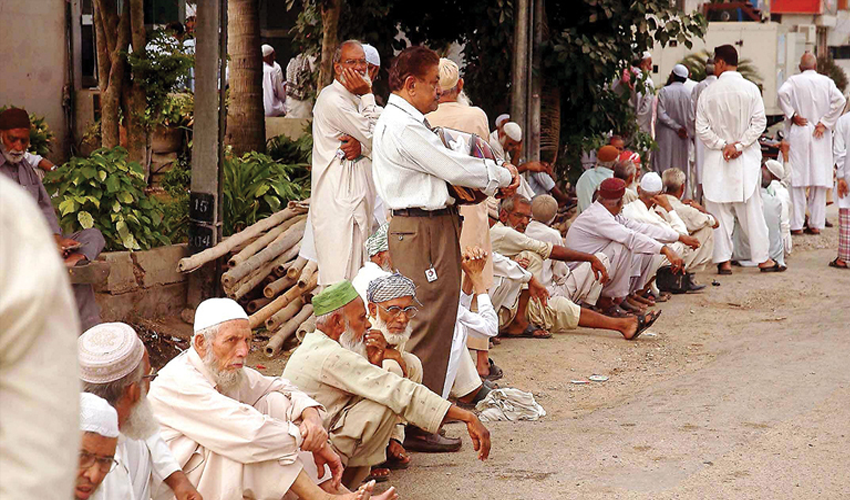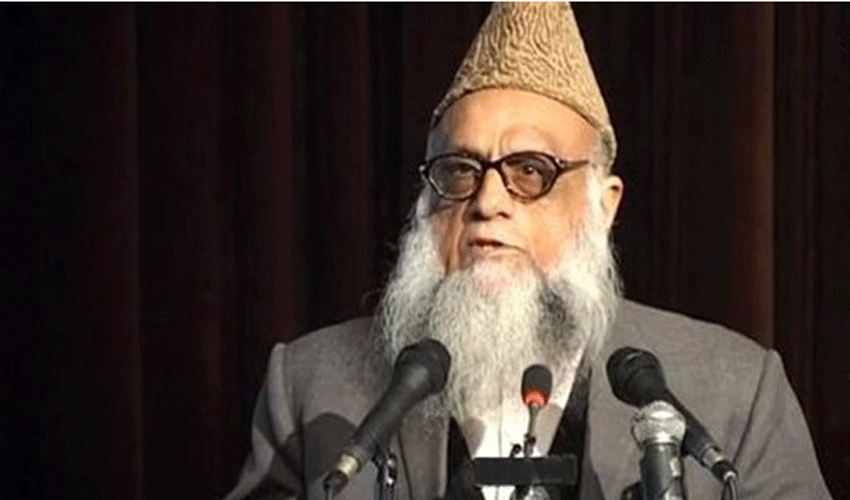In a significant development, Prime Minister Anwaarul Haq Kakar-led caretaker government is making crucial changes to the pension rules affecting civil servants of the federal government.
The move is seen as a direct response to meet the stringent conditions imposed by the International Monetary Fund (IMF).
These reforms, outlined in a recent summary prepared by the Ministry of Finance, have far-reaching implications for government employees and their retirement benefits.
Pension calculation shift
Under the proposed changes, pension calculations for federal government employees will no longer be based on their final salary.
Instead, pensions will be determined by an average of the employee's salary over the last three years of service. This shift is expected to have far-reaching consequences for the retirement benefits of civil servants.
Family pension overhaul
In a noteworthy move, the government is recommending the abolition of lifetime family pensions for retirees.
Under the new rules, eligible family members will receive pension payments for a period of ten years upon the death of the pensioner.
However, heirs of martyrs will see an extension of their family pension period to 20 years, with lifetime family pensions maintained for special needs children.
Multiple pensions restricted
As part of the broader pension reform initiative, government employees who secure a second job will be required to make a pivotal choice: they must opt between receiving a salary or their pension.
This measure aims to curb the practice of retired employees receiving multiple pensions.
Inflation-linked pension hike
To address inflation concerns, the reform package proposes that pension increases be linked to the annual inflation rate.
If inflation surpasses 10%, additional ad hoc relief will be granted based solely on the original pension amount, with the relief being withdrawn as inflation rates decrease.
Govt's urgent quest
With negotiations with the IMF on the horizon, the Ministry of Finance is keen to secure approval for these proposed reforms.
This endeavor has sparked both anticipation and apprehension, as it signifies a significant transformation in the retirement landscape for federal civil servants.
As the government closely monitors the implementation and effects of these changes, public sentiment remains divided.



























